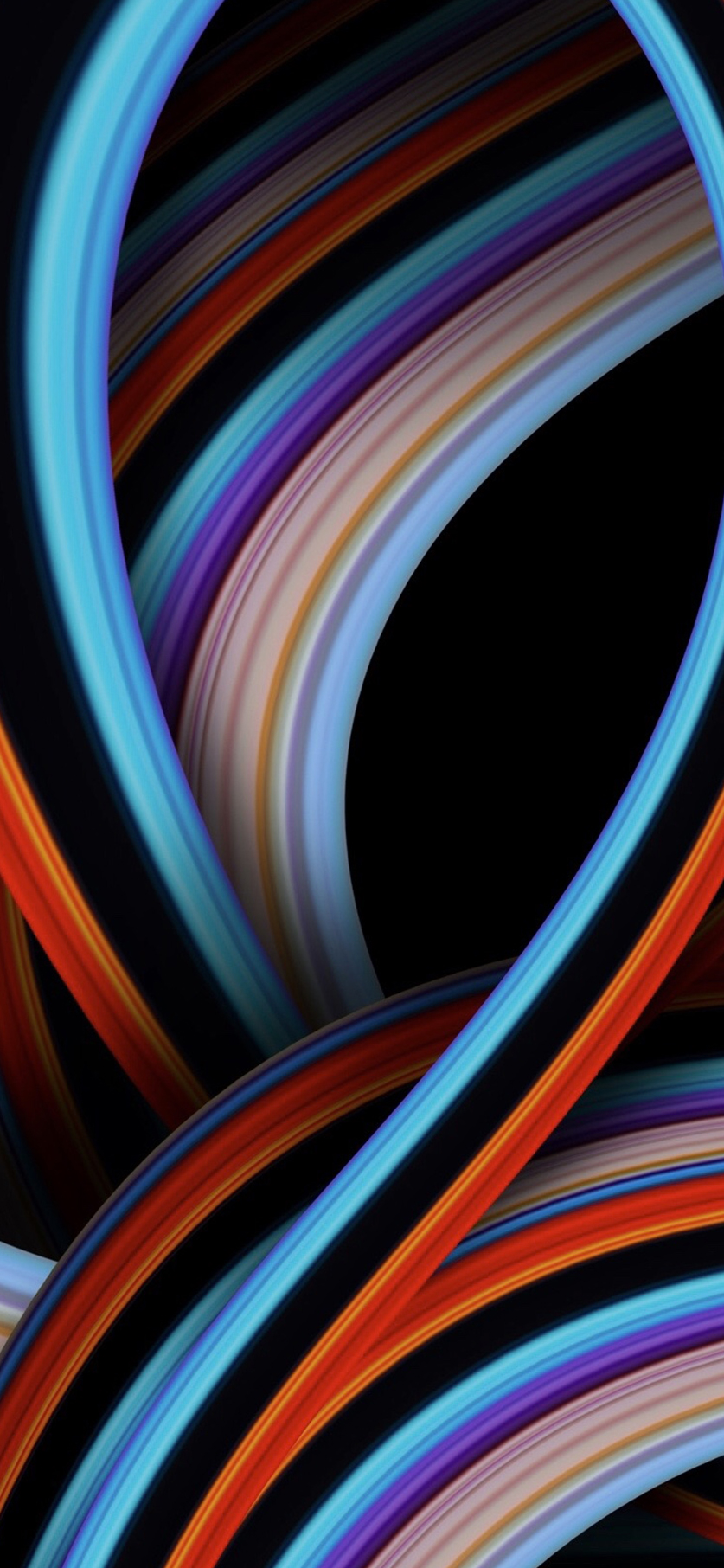

Just a side note, the painting speed in Qt 4.4.0 is much improved from earlier 4.x versions. I basically just made a widget that inherited from QWidget so that I could do my own painting based upon only the data I wanted it to work with, unlike working with an entire paragraph. You might not need to do your own painting, I did it largely because QTextEdit was just way too slow for the performance level I was gearing for. The end result of my efforts was to get rid of HTML stuff (less overhead) and do my own painting. In my console app, the problem that I had was that I was often sending large paragraphs of HTML to the QTextEdit and it was taking waaaay too long for it to process them and paint the widget. During this time I was putting large paragraphs of HTML for QTextEdit to mess with. I didn't dig deeply into QTextEdit source, but based upon seeing how it probably worked on paragraphs at a time, I decided it was better to make my own QTextEdit-like widget.

Let's see if we can't drum up some scripting interest here.You'll likely need to do a little more work than I did to get decent performance depending on how much of QTextEdit's functionallity you want to keep around. Line 3 outputs it to the chatbox of your choice.

Line 1 selects line that set off the trigger. We have bigger screens now, but my chatbox is small, so I set mine at 70. In the olden days, muds liked to set this at 80. Much like how the text in your main terminal doesn't go from the far left of your screen all the way to the right before starting a new line, this sets the cutoff. SetWindowWrap("chat", 70) This sets the wrap of your box. Since my box is smaller, I keep my font smaller than my main terminal's text. SetMiniConsoleFontSize("chat", 8) sets your font size. I think it's (name, R,G,B, brightness/saturation/whatever) or something. Play with the numbers until you're happy. Mine is black, so it blends in with the mudlet background. SetBackgroundColor("chat",0,0,0,255) determines the console color. Likewise, width and height determine how much real estate the console takes up. You may wish to move yours elsewhere, in which case fiddle with the numbers until you're happy. My chatbox is at 800 x and 0y, so it's on the top right of my screen. Some people have a lot of miniconsoles, so being able to name them is important. Ours is named 'chat' so all functions that write to or modify the 'chat' miniconsole will modify this bad boy here. The things inside the parentheses are, in this order: (name, x, y, width, height). It's pretty reliable most of the time though.ĬreateMiniConsole("chat", 800,0,550,200) makes a miniconsole, or in this case chatbox. You may need to restart mudlet since miniconsoles can occasionally fail to shift until you do. By the way, mudlet functions are case sensitive. You now have a chatbox! Here's a quick blurb on what all these functions do. It is perfectly safe to leave the box black (substring).įor your convenience, the thing you want to paste into the scripts box is right here: (Link instead of image because img tags give me the error: 'Your images may only be up to 1 pixels high.')īut keep in mind that if you make the box red (start of line) it'll run imperceptible milliseconds faster but you have to get the spacing right. Name it something appropriate, like 'Chat capture'. Now go to the triggers tab, and make a new one. You may need to fiddle with the configurations before you're happy with them, but these are the ones that work for me. Name and then paste this into the newborn script file: To make an easy chatbox, open mudlet's scripts section and click add item.


 0 kommentar(er)
0 kommentar(er)
